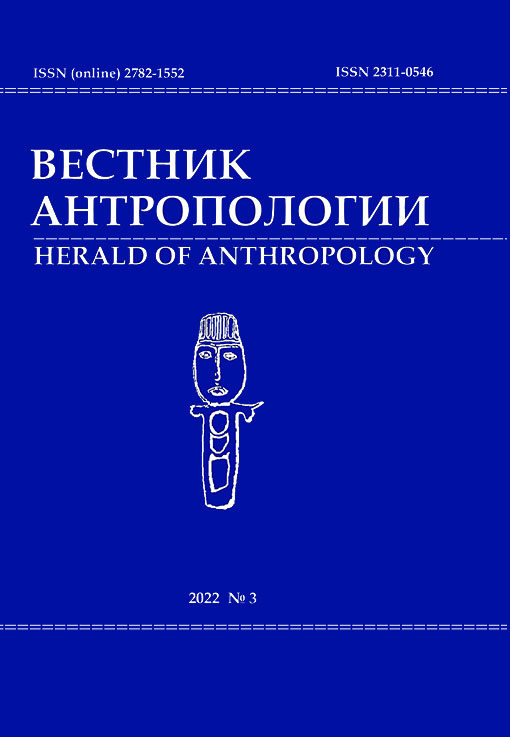Детское (и) советское: взрослые и дети в музеях советской повседневности
10.33876/2311-0546/2022-3/7-34
Ключевые слова:
музеи, советское, повседневность, ностальгия, детство, восприятие прошлогоАннотация
В современных музеях советской повседневности 1950–1980 гг. тема детства занимает весьма важное место. Она присутствует как в музейном «сообщении» (и в экспозициях, и в экскурсиях), так и в его восприятии посетителями. Разговор о советском в музее почти никогда не обходится без детского компонента, а иногда практически сводится к нему. В статье рассматриваются формы, контексты и эффекты такого «альянса». Она основана на полевых материалах 2019–2021 гг., полученных в г. Коломне Московской области и в некоторых других российских городах, а также на данных с туристических и музейных сайтов и страниц в соцсетях. Анализируя избранные кейсы, автор отмечает, что для представителей старшего поколения детство служит важной формой или рамкой для ностальгического восприятия советского прошлого, и прослеживает механизмы, обеспечивающие эту функцию. Детское же восприятие рассмотренных экспозиций, особенно в популярном интерактивном формате варьирует между двумя основными моделями — реконструкцией (строящейся на экзотизации советского) и ресайклинга (предполагающего вторичное использование советских практик и ценностей). В статье отмечается недостаток данных, касающихся собственно детского музейного опыта, приводится исследовательский контекст рассматриваемой темы: актуальные направления и дискуссии, продуктивные теоретические концепты.






















